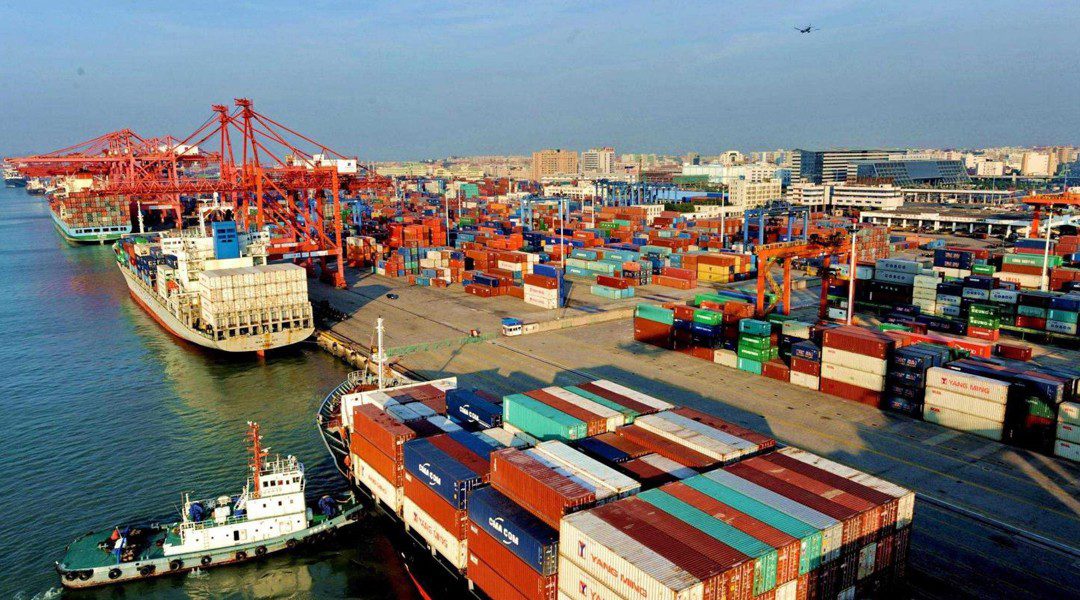How CMAL is adapting to its first LNG dual-fuel ferry
Glen Sannox, which started operating in January this year, is the first vessel in the UK to have a dual-fuel propulsion system which can use both conventional marine gas oil and LNG.
Glen Sannox and its upcoming sister vessel Glen Rosa have been built by Scottish shipyard Ferguson Marine.
It was back in 2014 when Caledonian Maritime Assets Ltd (CMAL) started planning forGlen Sannox and its sister vessel. “We saw at that point LNG was an option for a transitional fuel,” says CMAL director of vessels Jim Anderson.
The ship is designed to operate at speeds between 14 knots and 17 knots, to operate on LNG or marine gas oil, and is designed to operate on several routes on the CMAL network.
The vessel has performed strongly since its delivery. Mr Anderson explains, “It has the flexibility to run on either LNG or diesel. The vessel has been running on LNG, which has been very successful. It was a first for us, we carried out a lot of research and the vessel operator arranged the required training for the crew. The vessel’s senior crew gained the necessary training and familiarisation with LNG as fuel on other LNG-fuelled vessels in operation, which was required to gain certification and meet MCA requirements.”
Trucks bring LNG to the vessel from Isle of Grain. The fuel is bunkered through a ship to shore hose. “It is a straightforward operation and the first time the procedure was carried out at the shipyard, it went well. The team involved had gained a lot of knowledge on LNG as a fuel and on the safety considerations and procedures leading up to the first bunkering, and with all of this, the first bunkering was straightforward,” Mr Anderson comments.
While currently trucks bring the LNG to the ferry, CMAL has long-term plans to put infrastructure in place to have a standalone tank at the port. “The trucks can fill the tank, and the crew can draw the gas from the tank when required, a much more flexible arrangement for bunkering,” says Mr Anderson.
The entire propulsion and LNG fuel system comes from Wärtsilä. There are two Wärtsilä dual-fuel 6L34 main engines and two 6L20 dual-fuel auxiliary engines, running generators. The LNG is stored at -160-170°C in a large 140-m3 tank in the belly of the ship and moved around in cryogenic pipes. Wärtsilä also provided the tanks, skids and bunker stations.
Mr Anderson says, “Having one system integrator was straightforward. Once the commissioning of the system was completed, the actual onboard side of taking fuel onto the ship was a huge milestone for all involved and went smoothly with the engines and onboard equipment.”
The Wärtsilä package includes two main engines and two auxiliary generators, with all four able to feed through the gearboxes and drive the CPP propellers. The ship can maintain service with one main engine out of service and is powered by two controllable pitch propellers. Each propeller is driven either by one medium speed dual-fuel engine or one electrical drive motor (PTI) via a /single-out reduction gear and a shaft line. The electrical power for the electrical drive motors can be generated by the auxiliary gensets or from the PTO powered by the other main engine. The vessel can also operate in ‘boost’ mode with main engines and auxiliary engines providing power to the propellers.






